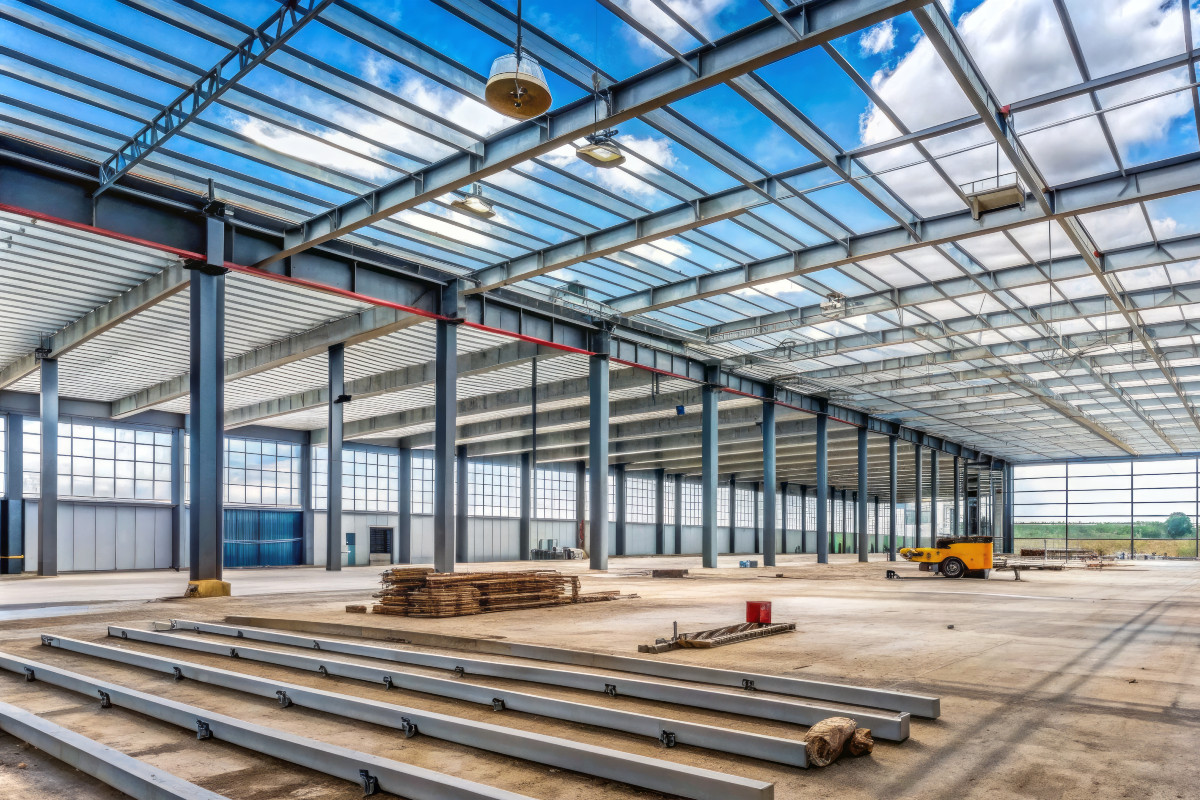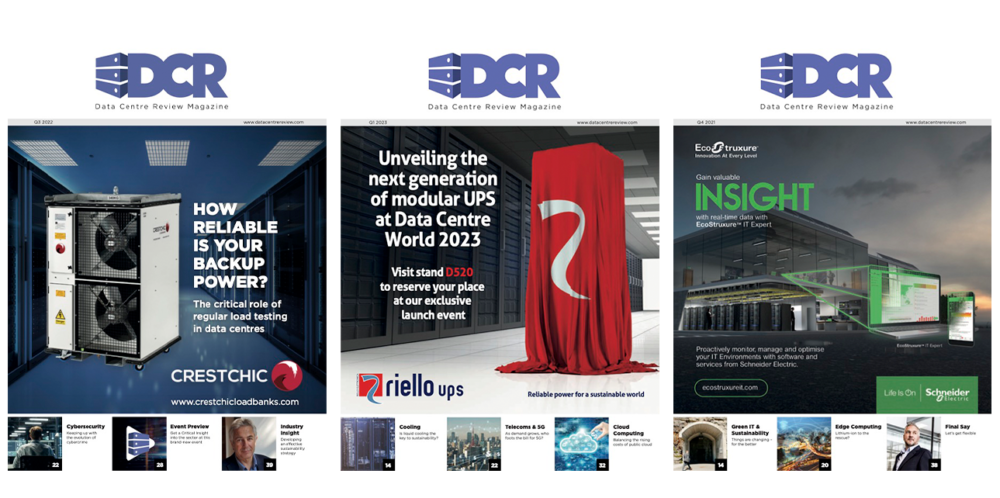Steve Clifford, Director of Data Centres at EMCOR UK, argues that upgrading live sites – rather than building afresh – can slash timelines, curb costs and trim carbon, giving operators the strategic edge they need.
The demand for data storage, processing power, and connectivity is constantly increasing; the global power demand from data centres is likely to increase as much as 165% by 2030. AI, cloud, edge computing, IoT and digital transformation are reshaping economies, and to meet their needs, we need resilient, high-performing infrastructure.
Operators are facing a growing dilemma: new capacity cannot be built fast enough to match output needs. Demand keeps growing, but power shortages are intensifying and planning approval is slowing, making an alternative approach even more valuable: retrofitting.
Historically, retrofitting white and grey space facilities was considered a reactive process to patch and repair. But with the retrofitting model, project timelines can be condensed by up to 30% by reducing time in site development and utility setup. The retrofitting model will play a key role in the future deployment of Edge data centres, whereby end users drive to reduce latency in their networks.
Retrofitting has a clear operational advantage and requires engineering specialists to construct a careful, tailored approach, especially as consultants and contractors need to keep the facility operational 24/7 whilst modernising critical live environments.
Why choose retrofitting?
Building new facilities can be an arduous process, often slowed by planning and environmental challenges. Retrofitting is one way to avoid that complexity.
Beyond that, the price of construction materials, labour and specialist equipment makes greenfield development a potentially risky choice. With already built first-generation data centres approaching end-of-life stages for critical systems, now is the perfect time to upgrade existing spaces.
Size and scale concerns are another issue, as previous data centres were built with smaller demand in mind. However, computing density is increasing too – computer chip power developments mean that more data can be stored and processed in the same physical spaces as before.
Environmental responsibility is another key concern. Retrofitting assets can extend the lifespan of an existing building with a lower carbon pathway, aligning with global sustainability goals.
There is a strong business case for choosing the retrofitting model route, with the benefits of upgrading existing data centre facilities costing up to 40% less versus constructing a new facility.
How does retrofitting work?
Retrofitting involves the strategic, phased modernisation of already live environments. It involves upgrading the mechanical and electrical systems in place, replacing aging infrastructure and reconfiguring white and grey space layouts to support greater rack densities and changing cooling needs.
Work being carried out must not disrupt ongoing operations. Before embarking on any retrofit project, operators should conduct a thorough assessment of their existing infrastructure’s capacity limits, identifying equipment approaching end-of-life and potential single points of failure.
It’s important to have early design collaboration with the client as part of the planning stage, accounting for future changes. That way, retrofitting can create a fully functional space, but also factor in future growth requirements from the outset, rather than just meeting immediate needs.
What do you need to consider?
Retrofitting requires in-depth planning, so strategy is key. Uptime-first planning is a major concern, so building programmes should minimise any disruptions to allow for business continuity.
Thinking about the now should also be paired with thinking about the future. Future-proofing designs is important too, meaning that planning should account for future scaling and the possibilities of new technologies.
Organisations should also be selective on their supplier selection. Working with suppliers that offer self-delivery models and have experienced, long-serving teams will ensure consistency between people and processes. That could involve in-house engineering and commissioning teams, who understand the technical and operational pressures of live data centres. With them in hand, they can make the difference between a seamless upgrade and a costly disruption.
Engineering and operational solutions
If not properly managed, retrofitting can lead to significant risk to live, operational data centres. Temporary cooling outages and loss of redundancy, including accidental downtime, are critical to avoid and require early-stage risk identification and mitigation.
As an example, using off-site fabrication, laser scanning and 3D modelling for certain projects, can reduce on-site risks and ensure installations are completed ahead of deadlines, ensuring operational continuity.
Retrofit projects demand a deep understanding of critical environments, conveyed through detailed phased planning, constant stakeholder communication and thorough pre-construction surveys. This approach provides the assurance and excellence that retrofit projects need, solving immediate capacity challenges while building with future flexibility needs in mind.
A strategic advantage
Retrofitting is not a simple patch-up job of pre-existing facilities; it is a strategic advantage that allows operators to add capacity faster, manage costs efficiently and reduce exposure to planning and power risks.
Operators considering retrofit should begin with a full lifecycle and risk assessment of the site. This will allow operators to understand resilience thresholds, audit critical systems, and prioritise upgrades that strengthen redundancy before expanding capacity.
With data demands continuing to accelerate, retrofitting will increasingly become not just an option but a necessity for the industry’s sustainable growth. Retrofitting is a form of futureproofing, expanding what data centres can do now to manage the growing demands of the future.


